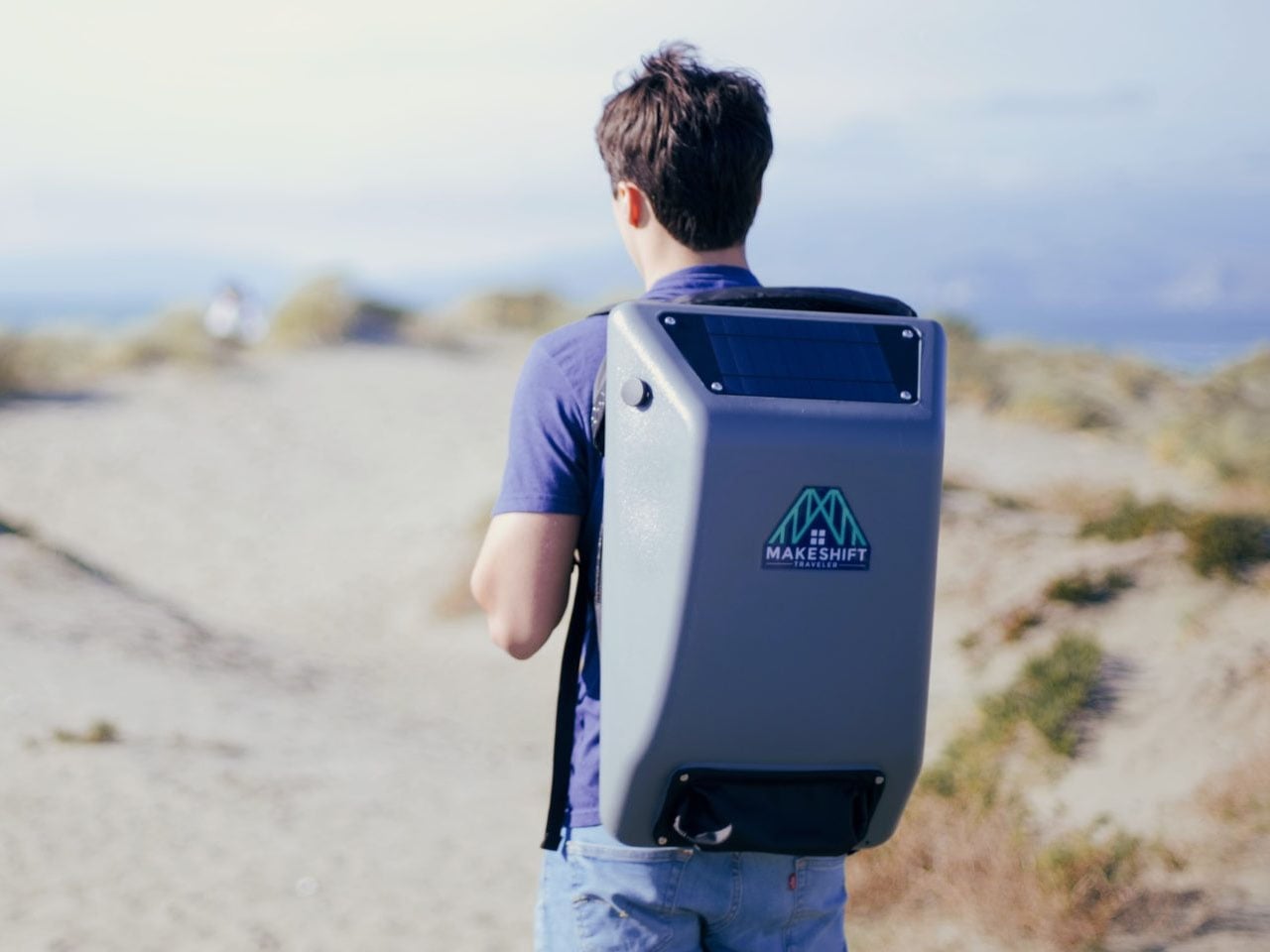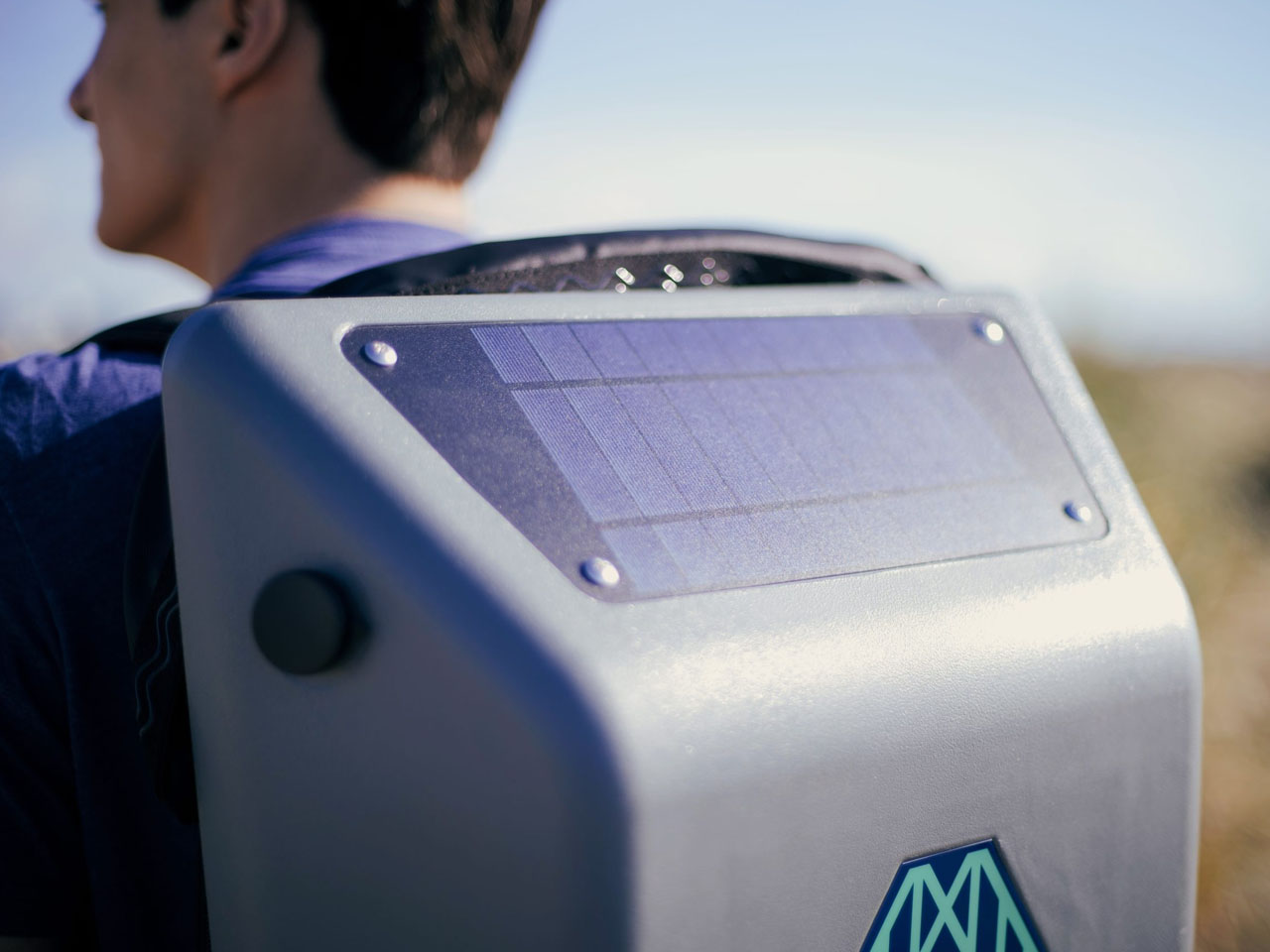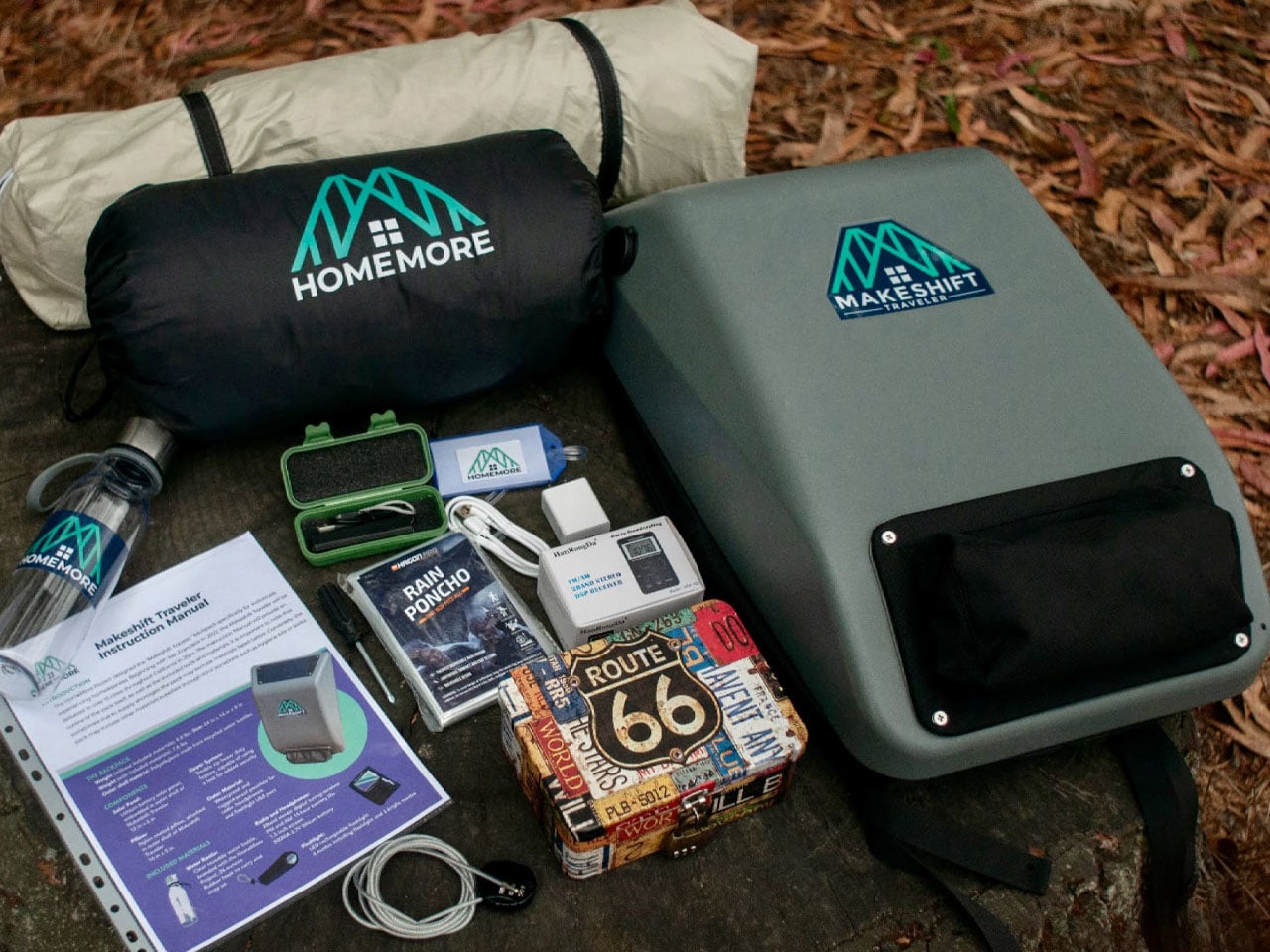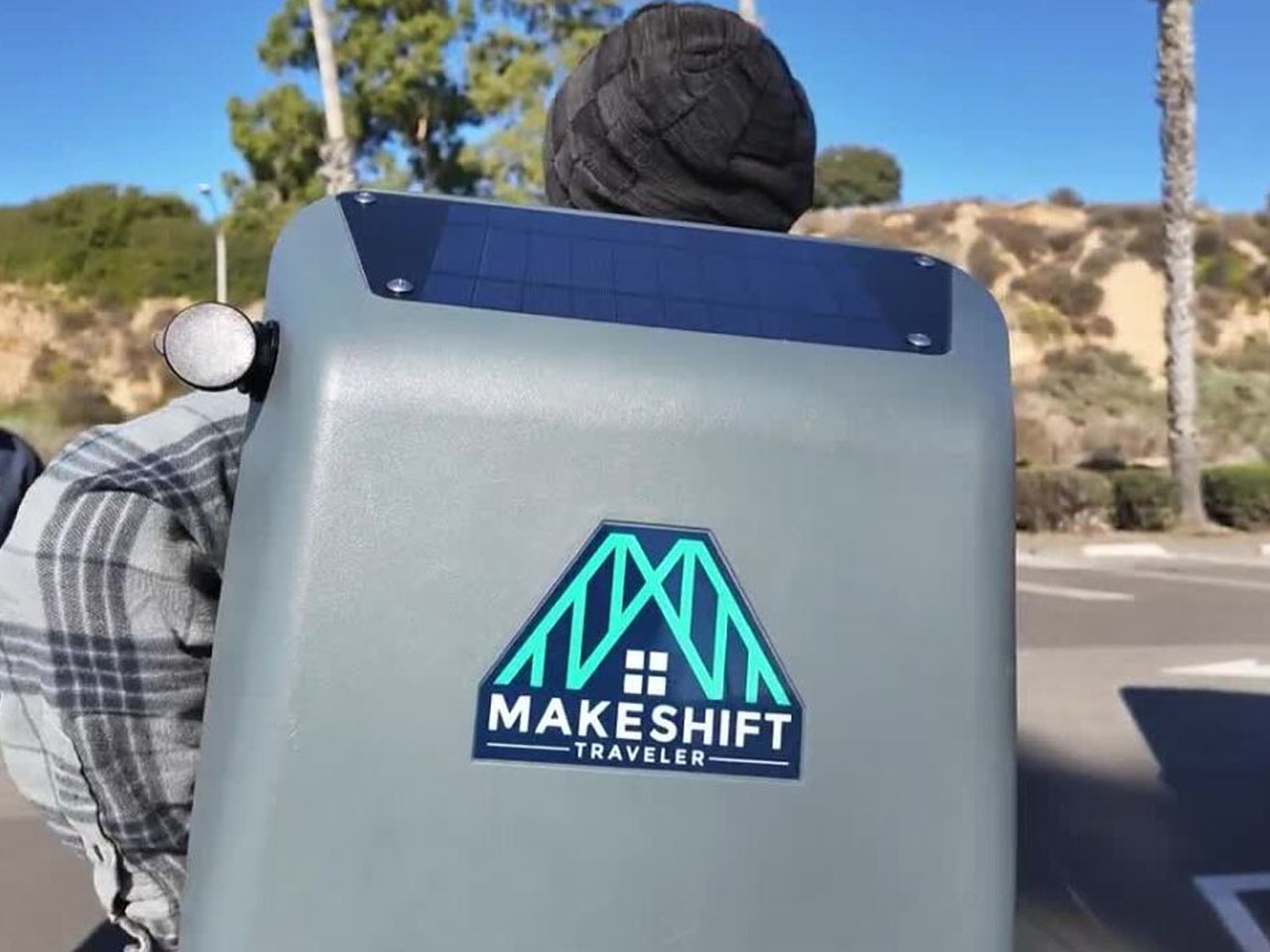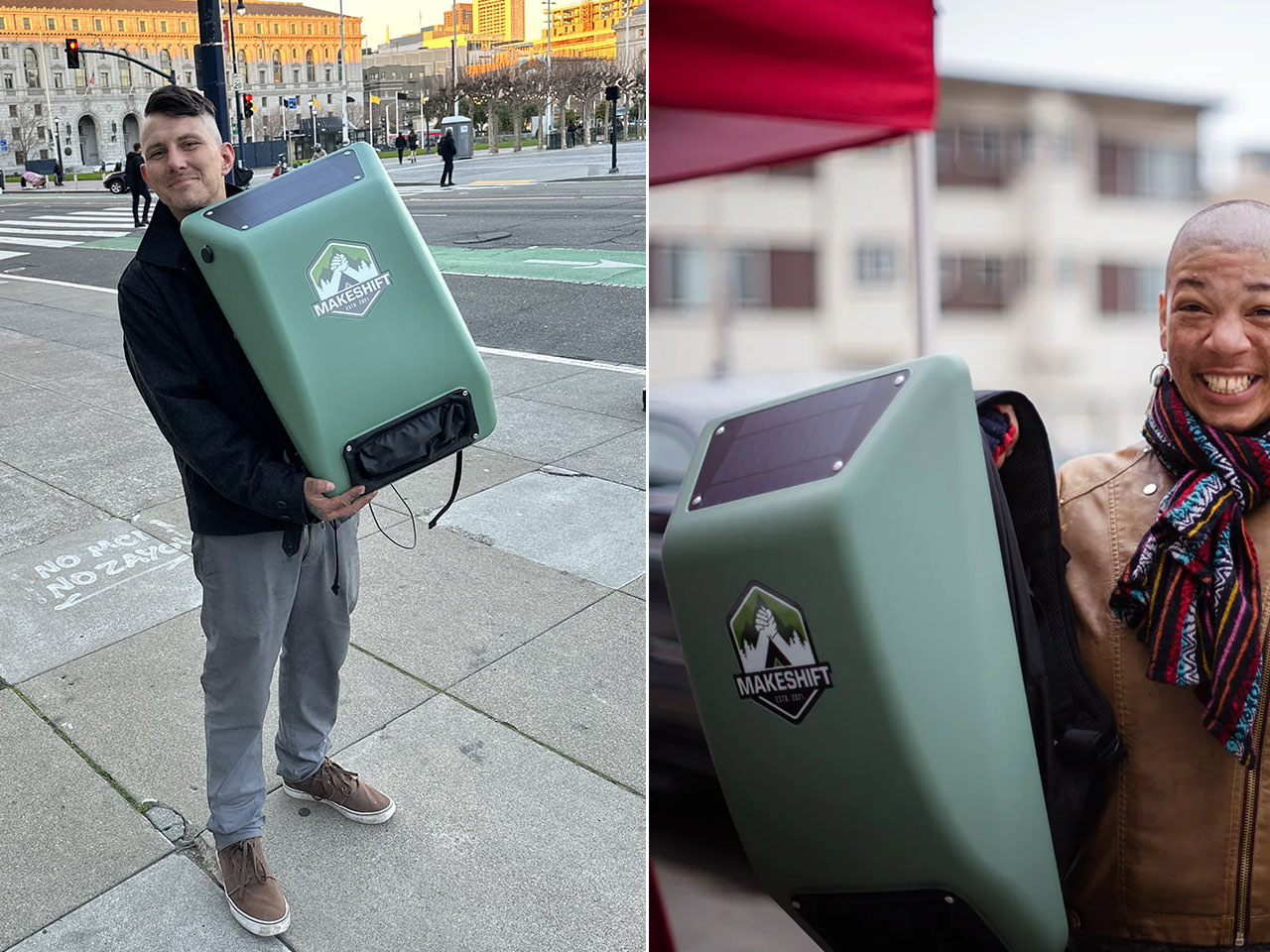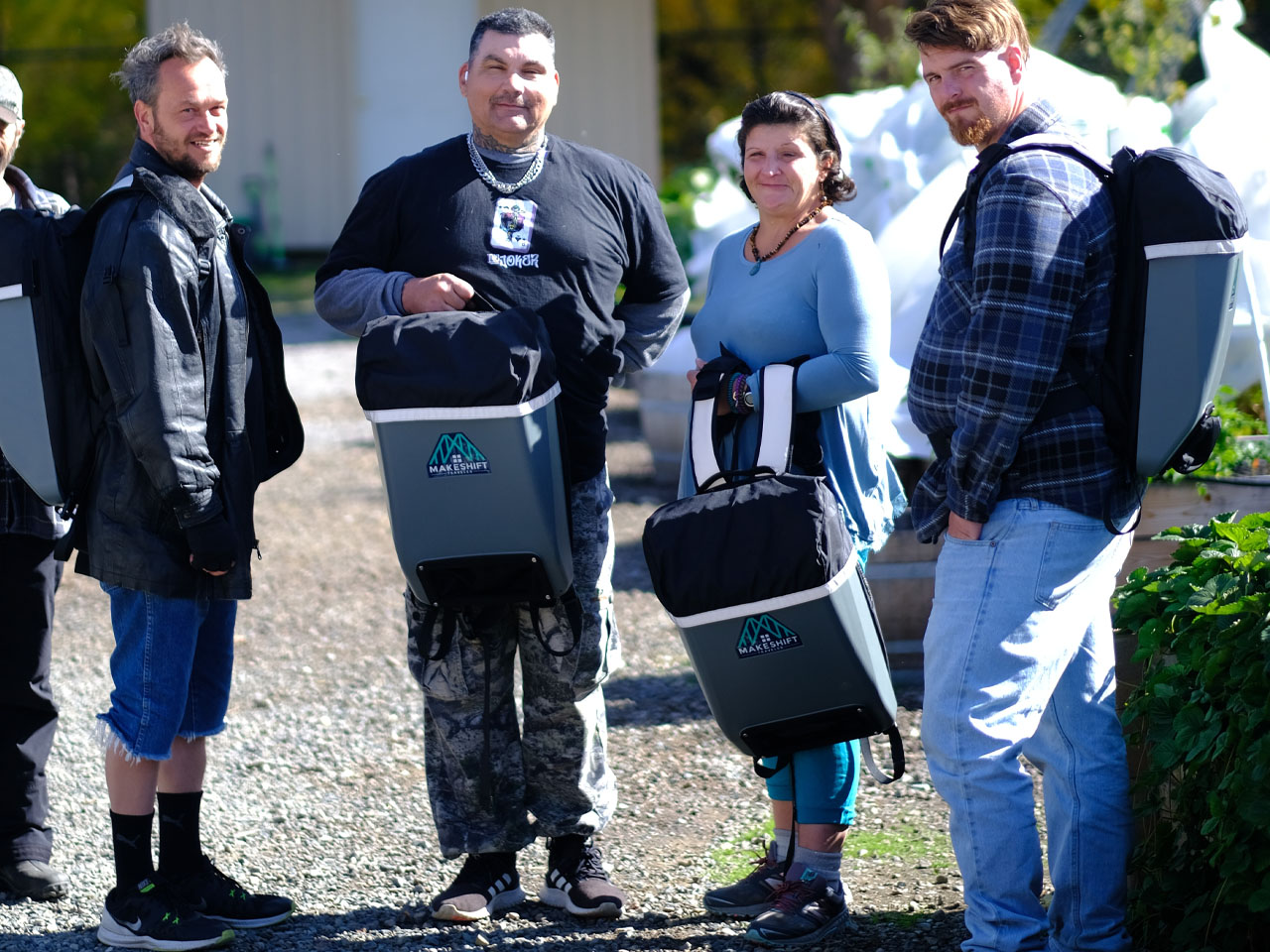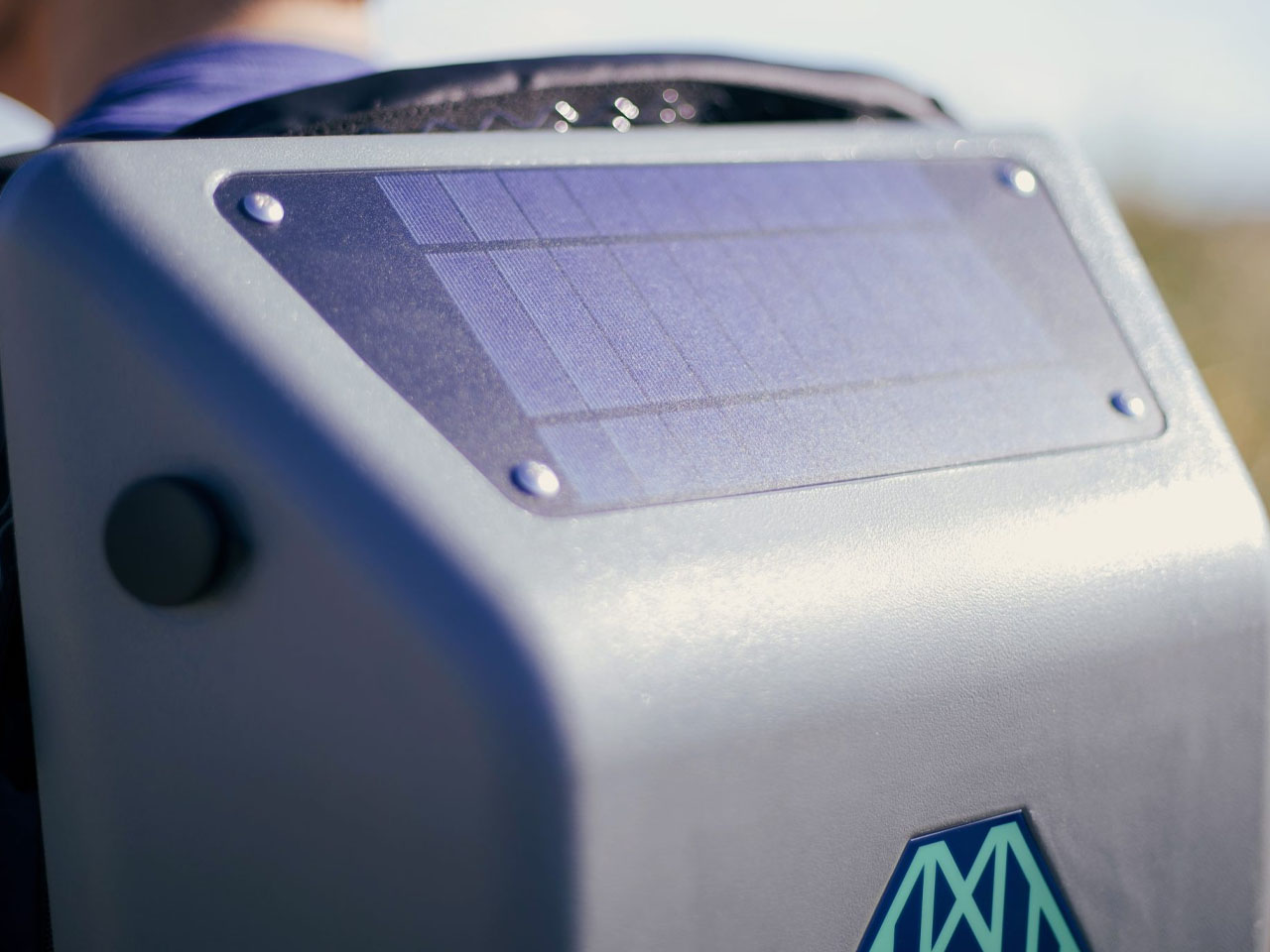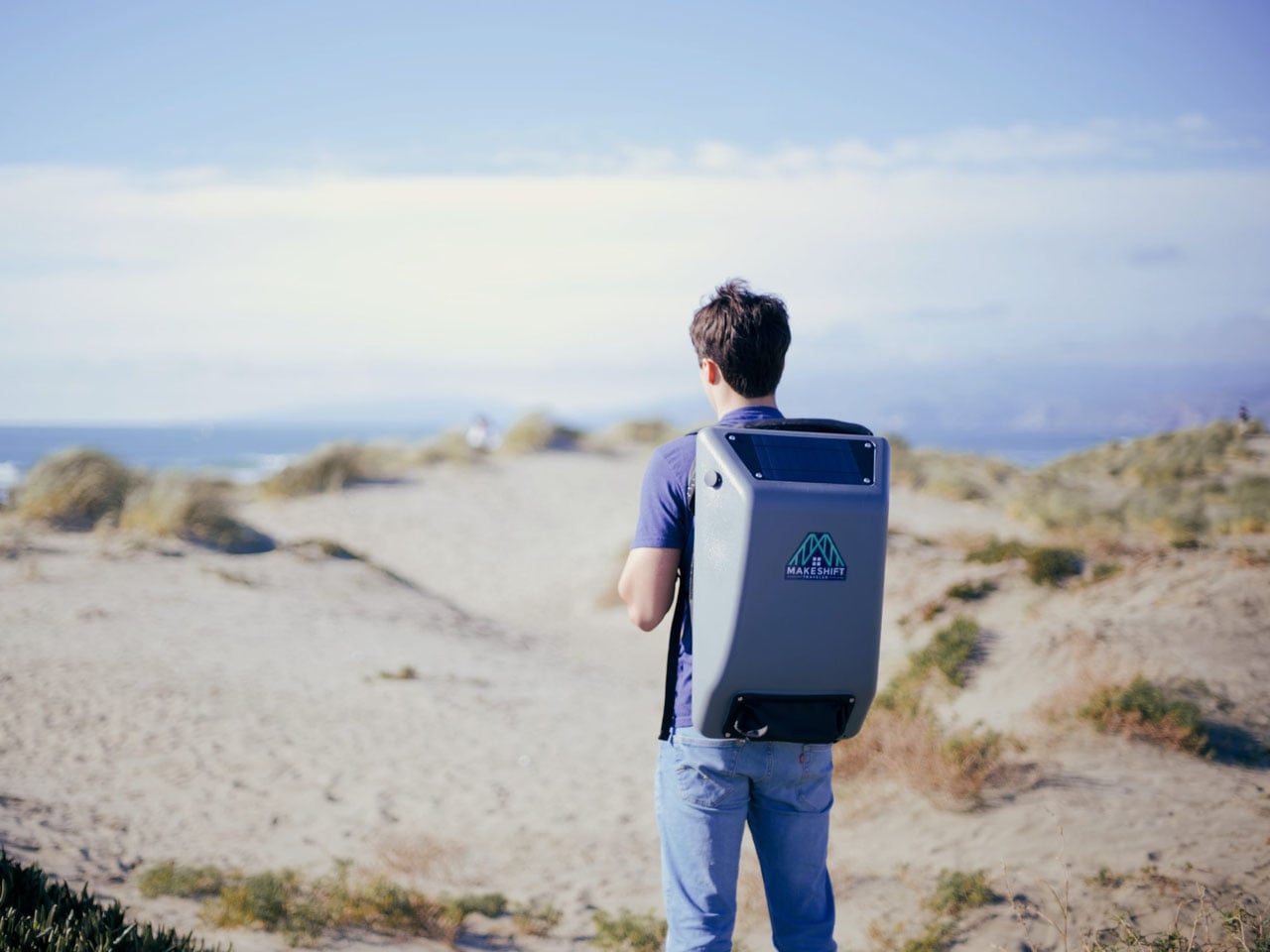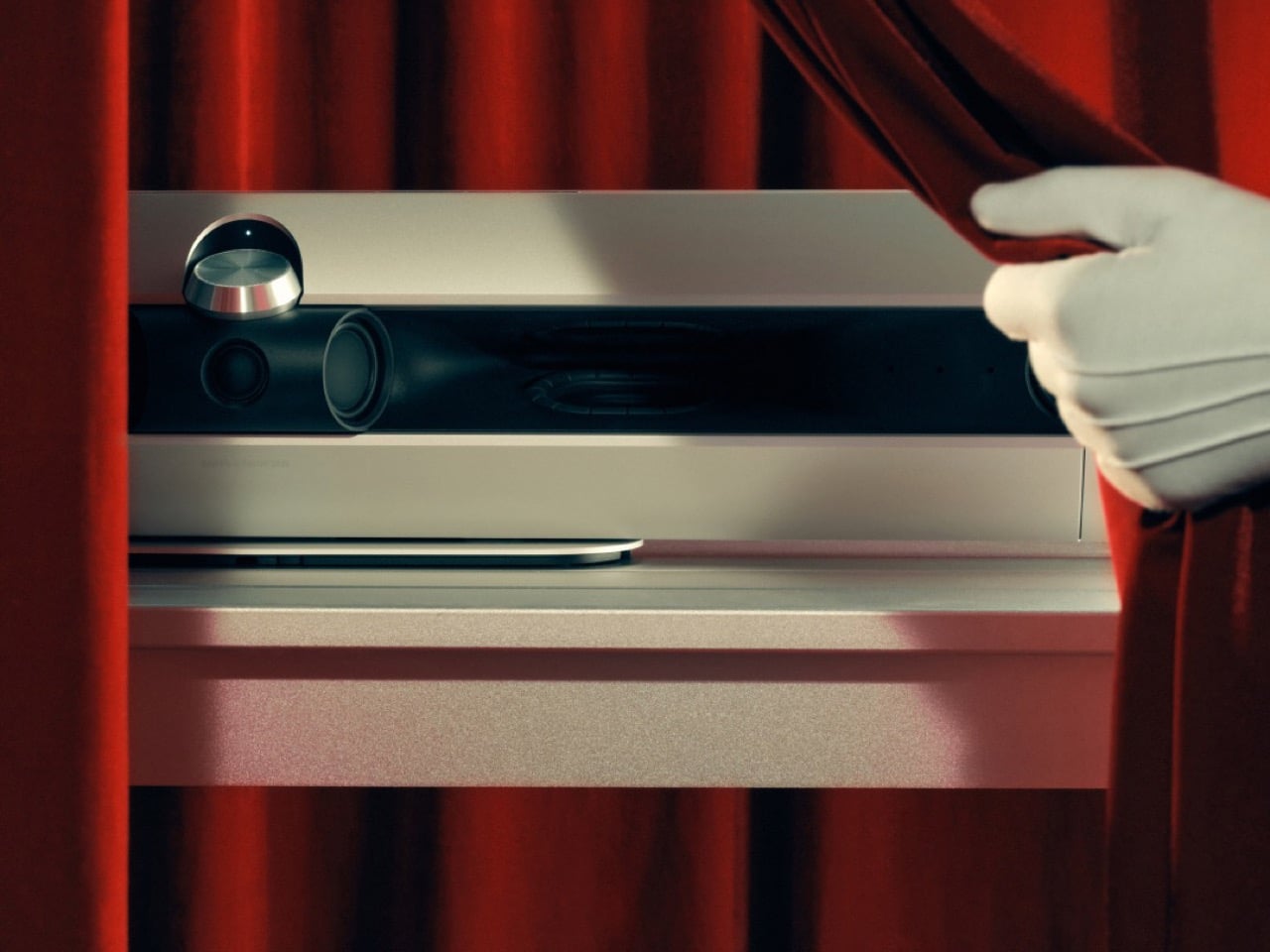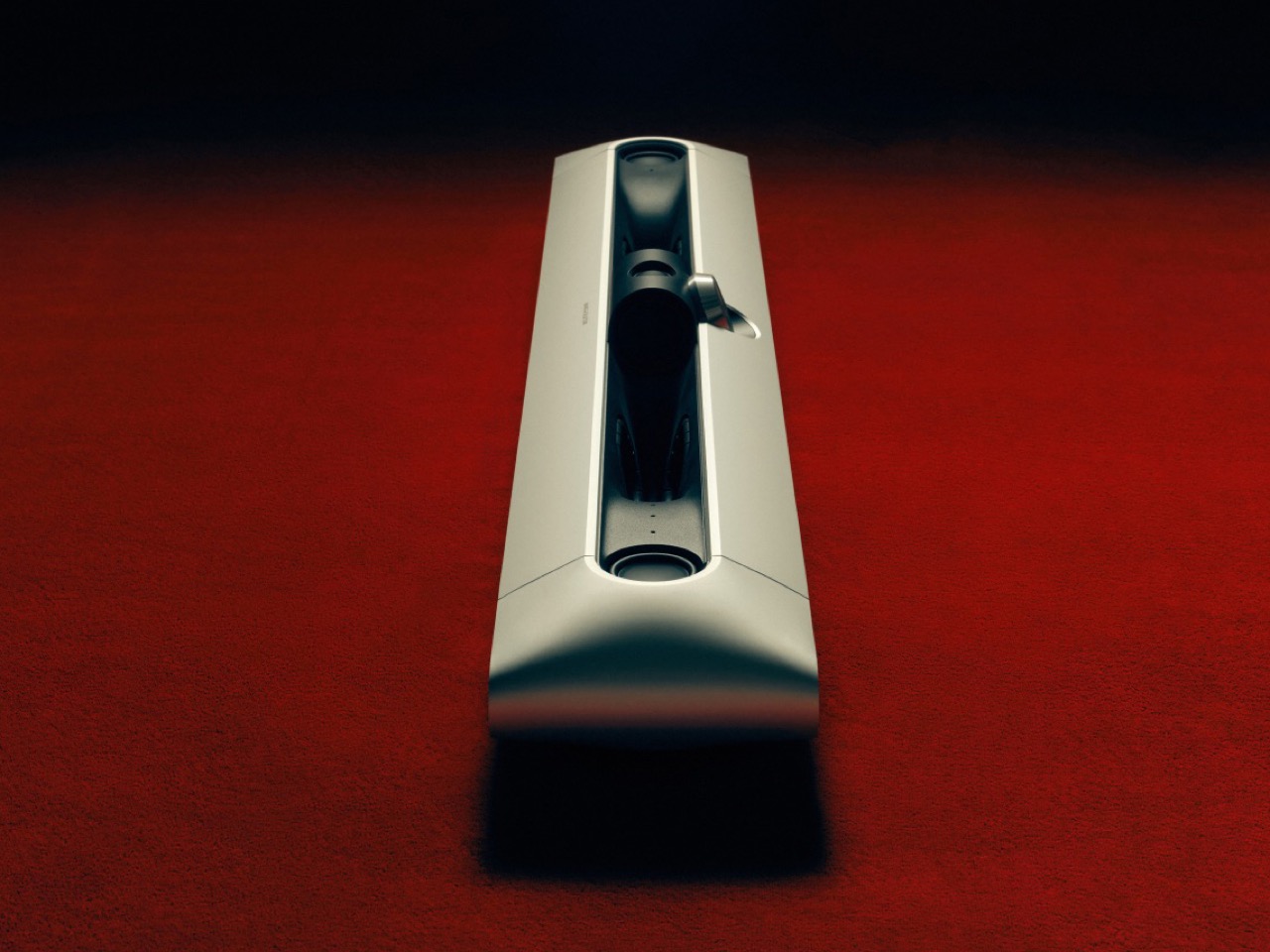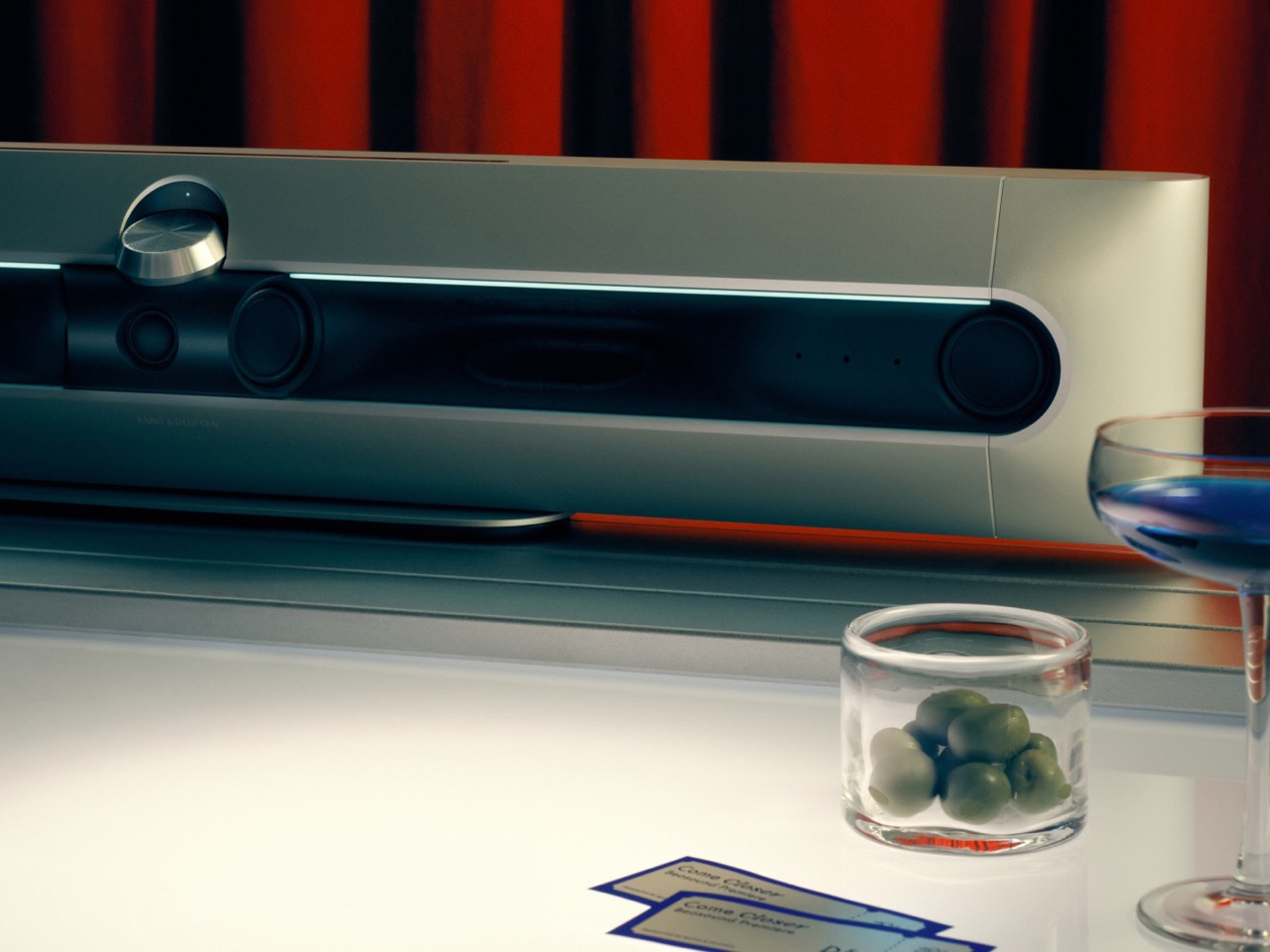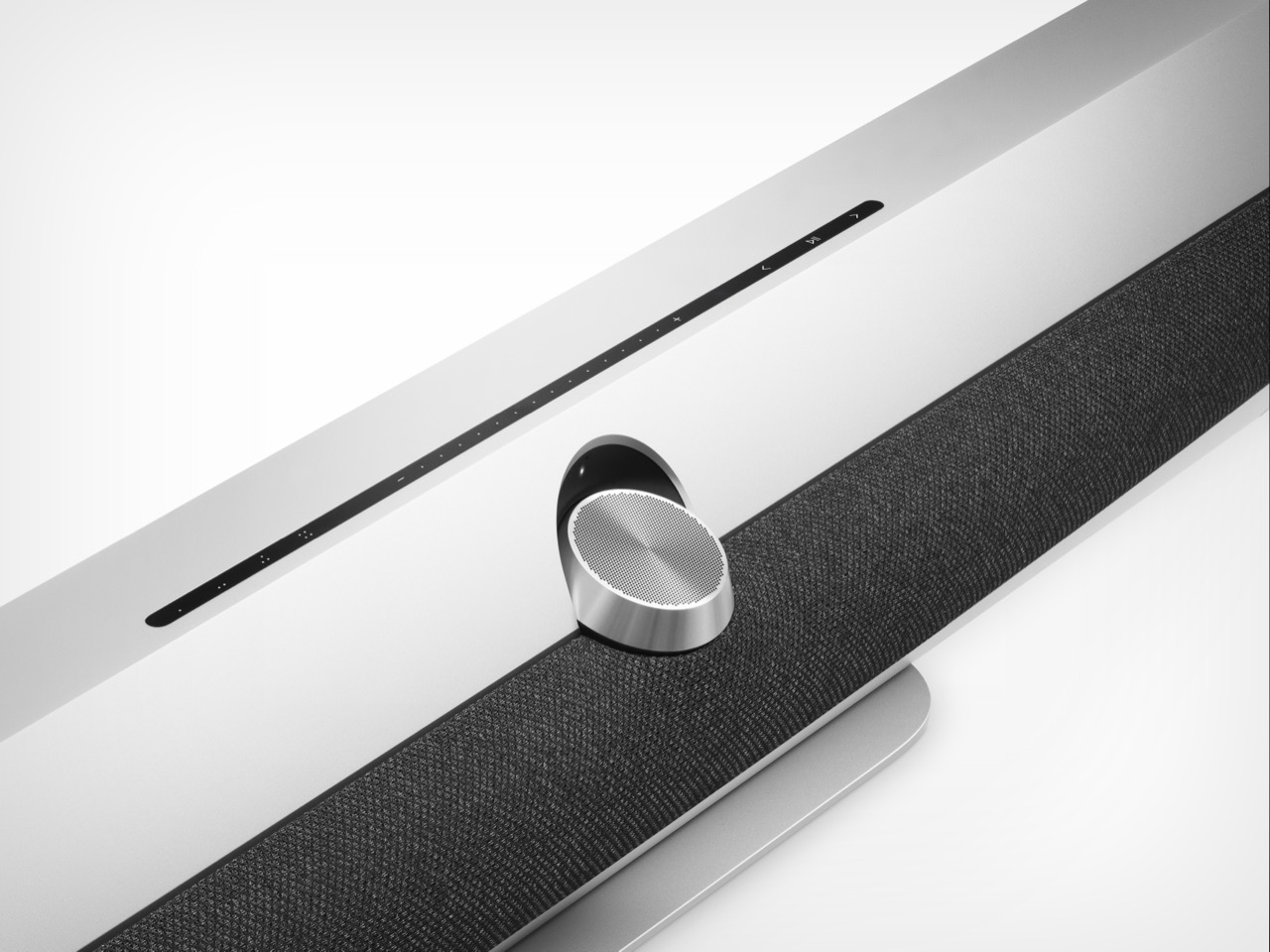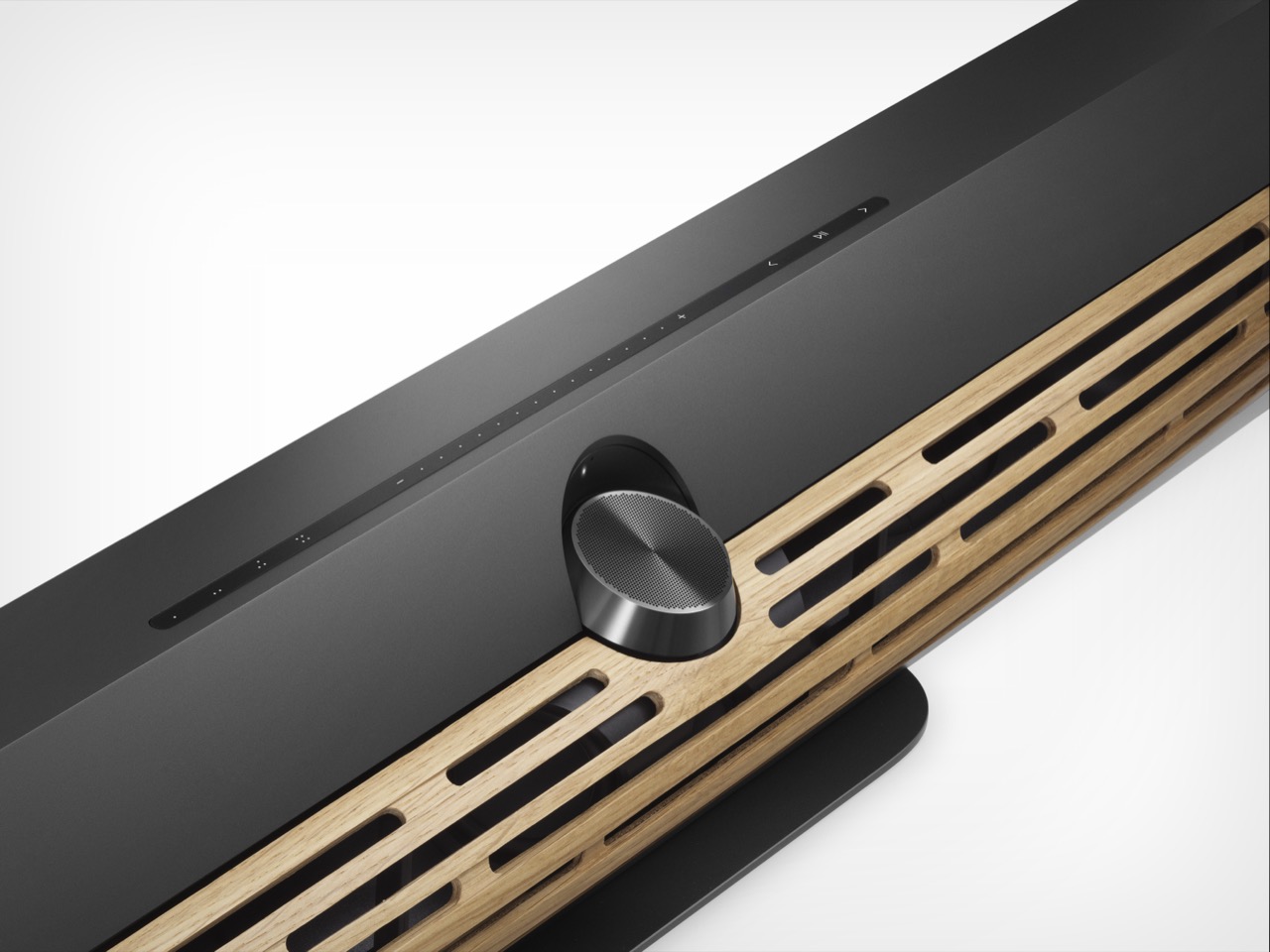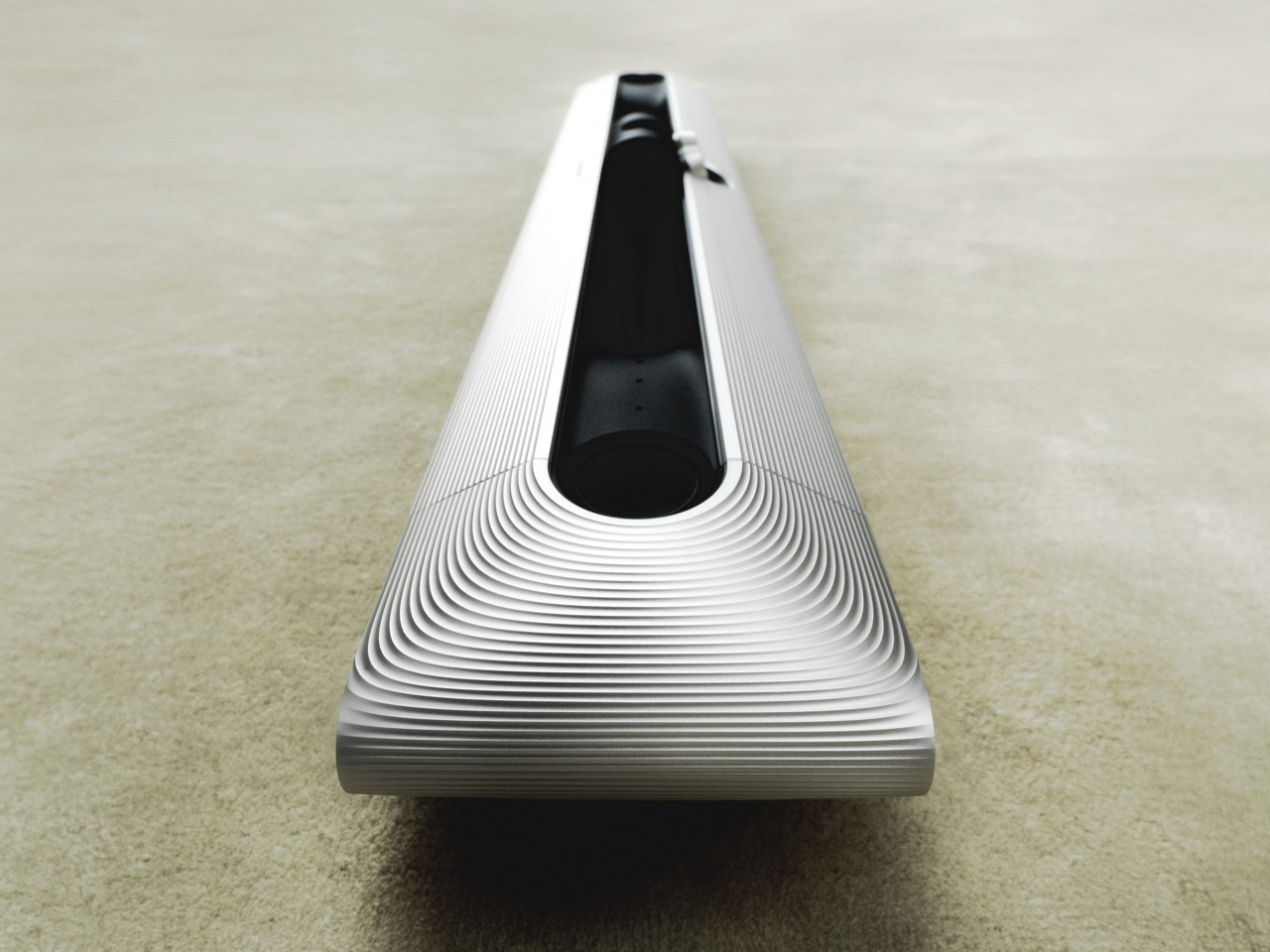Teenage Engineering has never been content to stay within conventional product categories, consistently pushing boundaries between instruments, toys, and art objects. Their approach to music hardware combines Swedish design sensibilities with genuine technical innovation, creating devices that feel both familiar and revolutionary. The company’s latest announcement signals another bold expansion into uncharted territory, moving beyond synthesizers and samplers into the world of vocal performance.
Today’s unveiling of the “Riddim N’ Ting” bundle showcases this adventurous spirit, pairing the recently released EP-40 Riddim sampler with the brand-new EP-2350 Ting microphone. The Ting represents Teenage Engineering’s first foray into microphone design, but it is far from a traditional vocal mic. Instead, it is a compact effects processor, sample trigger, and vocal manipulator rolled into one handheld device, complete with motion sensors and live-adjustable parameters that let performers tilt and move the mic to control everything from echo intensity to robotic voice modulation in real time.
Designer: Teenage Engineering

So the Ting itself is this ridiculously lightweight object, weighing a scant 90 grams, that feels less like a piece of serious audio equipment and more like a prop from a retro sci-fi film. That’s the point. It houses four primary effects: a standard echo, an echo blended with a spring reverb, a high-pitched “pixie” effect, and a classic “robot” voice. A physical lever and an internal motion sensor allow you to manipulate the effect parameters by physically moving the mic, turning a vocal performance into a kinetic activity. Four buttons on the side are dedicated to triggering samples, which come preloaded with sound system staples like air horns and lasers but are fully replaceable. It’s a dedicated hype-mic, a performance tool designed for immediate, tactile fun rather than pristine vocal capture.
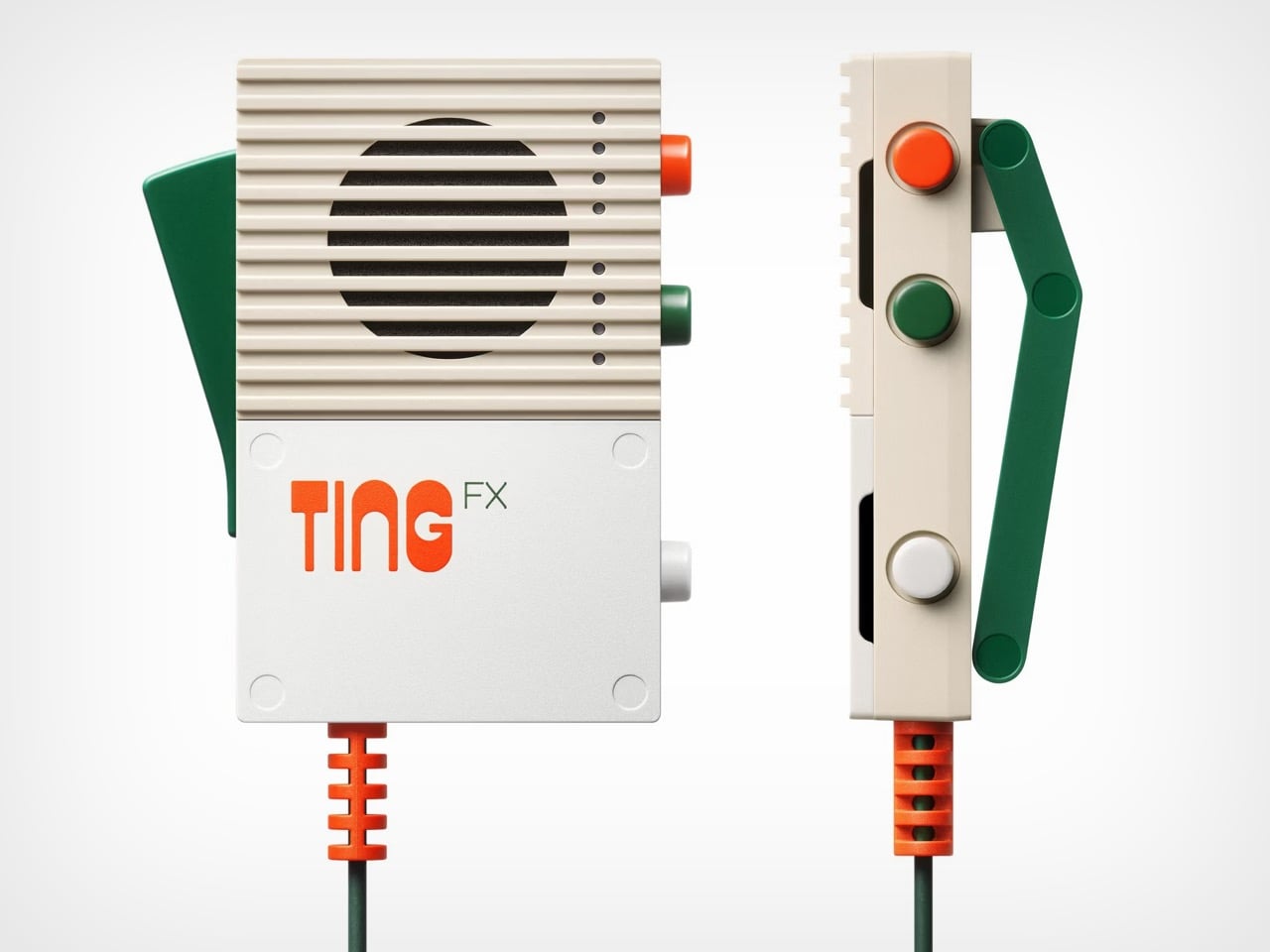
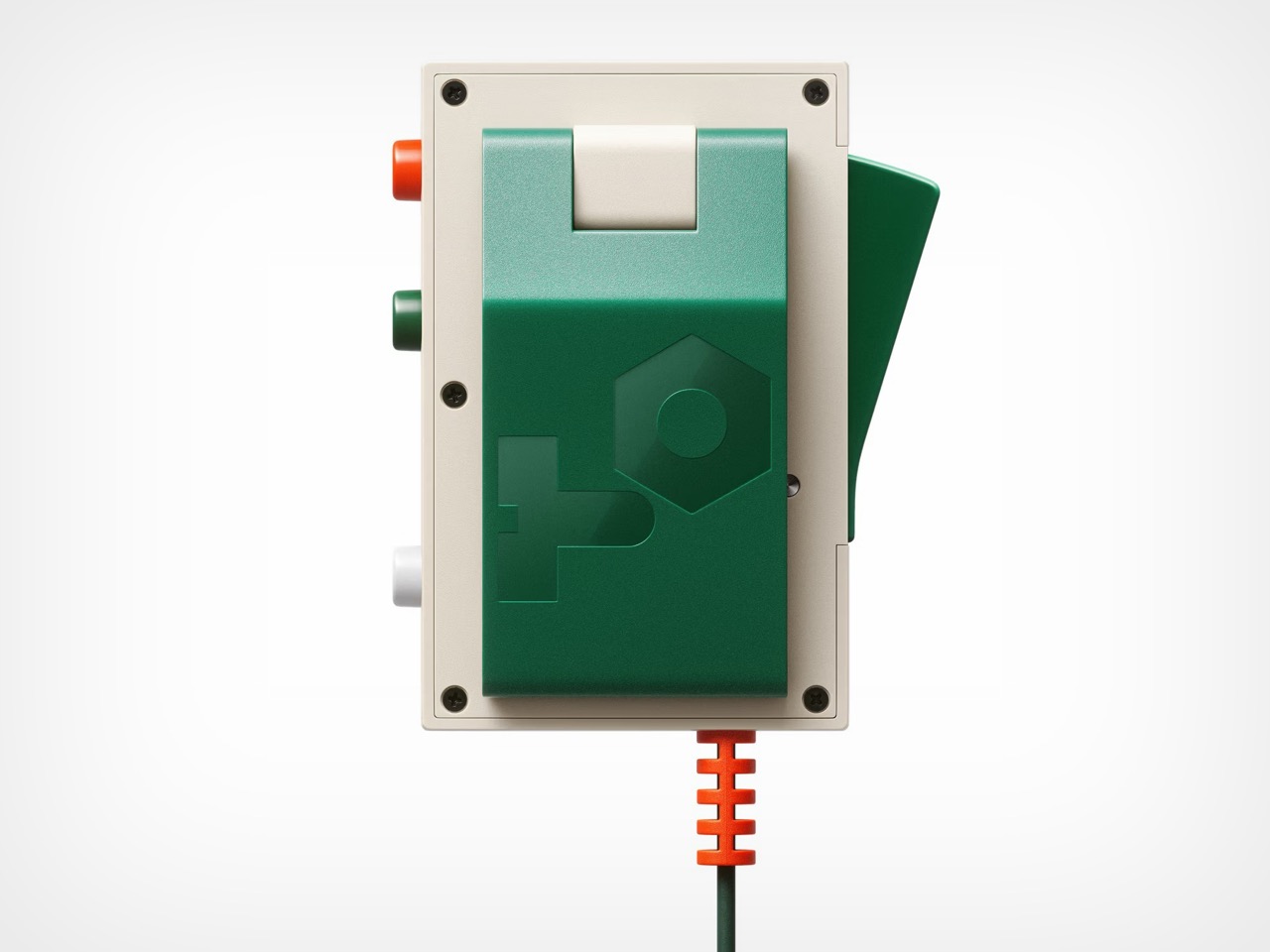
Its lo-fi audio character is a feature, not a bug, leaning into the saturated, gritty vocal sounds that define dub and dancehall sound system culture. While you could draw parallels to devices like Roland’s VT-4 for vocal processing or Korg’s Kaoss Pad for real-time effects, the Ting’s genius is its form factor. It integrates these functions directly into the microphone itself, removing a layer of abstraction and making the performance more immediate. It connects to any system via a 3.5mm line out, but it’s clearly designed to be the perfect companion for its partner device. This is where the workflow becomes a self-contained creative loop.
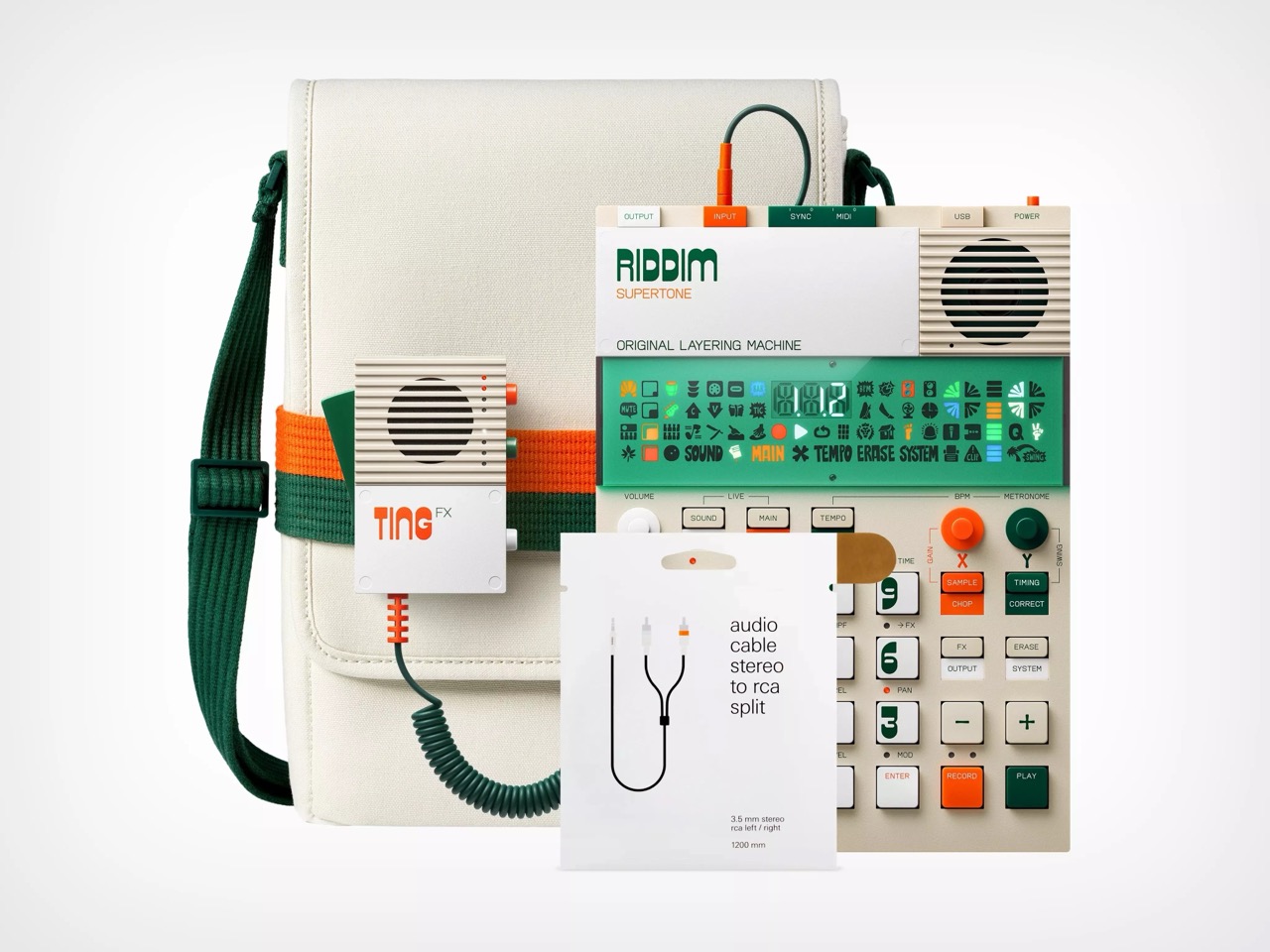
That partner, the EP-40 Riddim, is the anchor for all the Ting’s chaotic energy. While it follows the established format of the EP-series, its focus is sharp. It’s a sampler and groovebox loaded with over 400 instruments and sounds curated by legendary reggae producers like King Jammy and Mad Professor. The specs are solid: 12 stereo or 16 mono voices, a 128MB system memory, and a subtractive synth engine for crafting classic bass and lead tones. It includes seven main effects and twelve punch-in effects, all tailored for dub-style mixing. Connectivity is standard for Teenage Engineering, with stereo and sync I/O, MIDI, and USB-C. It’s a capable sampler on its own, but its true purpose is realized when paired with the Ting.

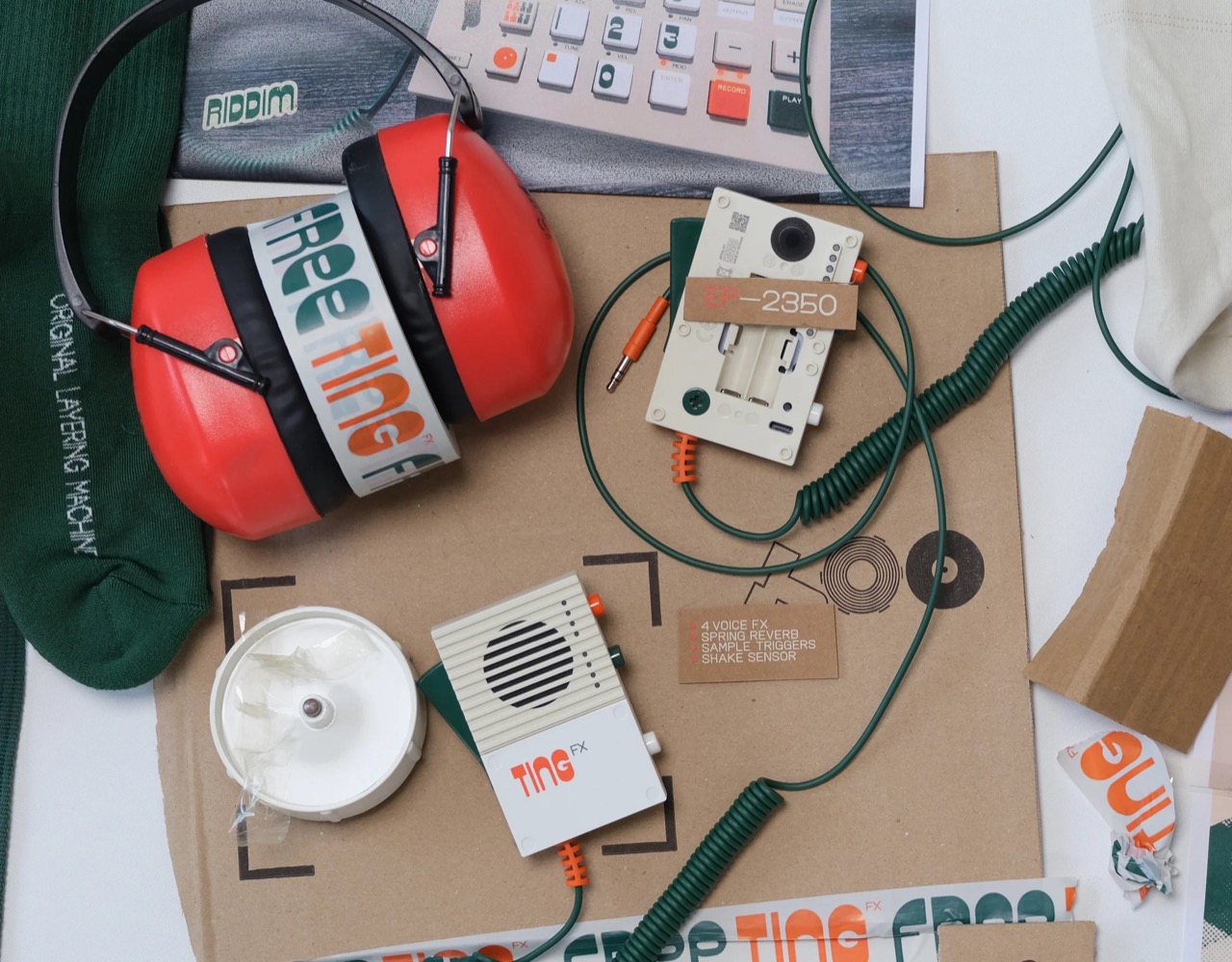
Together, they form a portable, battery-powered sound system in a box. The workflow is obvious and effective: you build a beat on the Riddim, then plug the Ting directly into its input to lay down vocals, trigger hype samples, and perform live dub-outs with the effects. For their launch, Teenage Engineering is bundling them together and offering the Ting for free, a clever move that ensures this new, weirder device gets into users’ hands immediately. It’s a compelling package that champions spontaneity and play. It proves that the most engaging technology isn’t always about higher fidelity or more features, but about creating a more direct and enjoyable path from an idea to its execution.
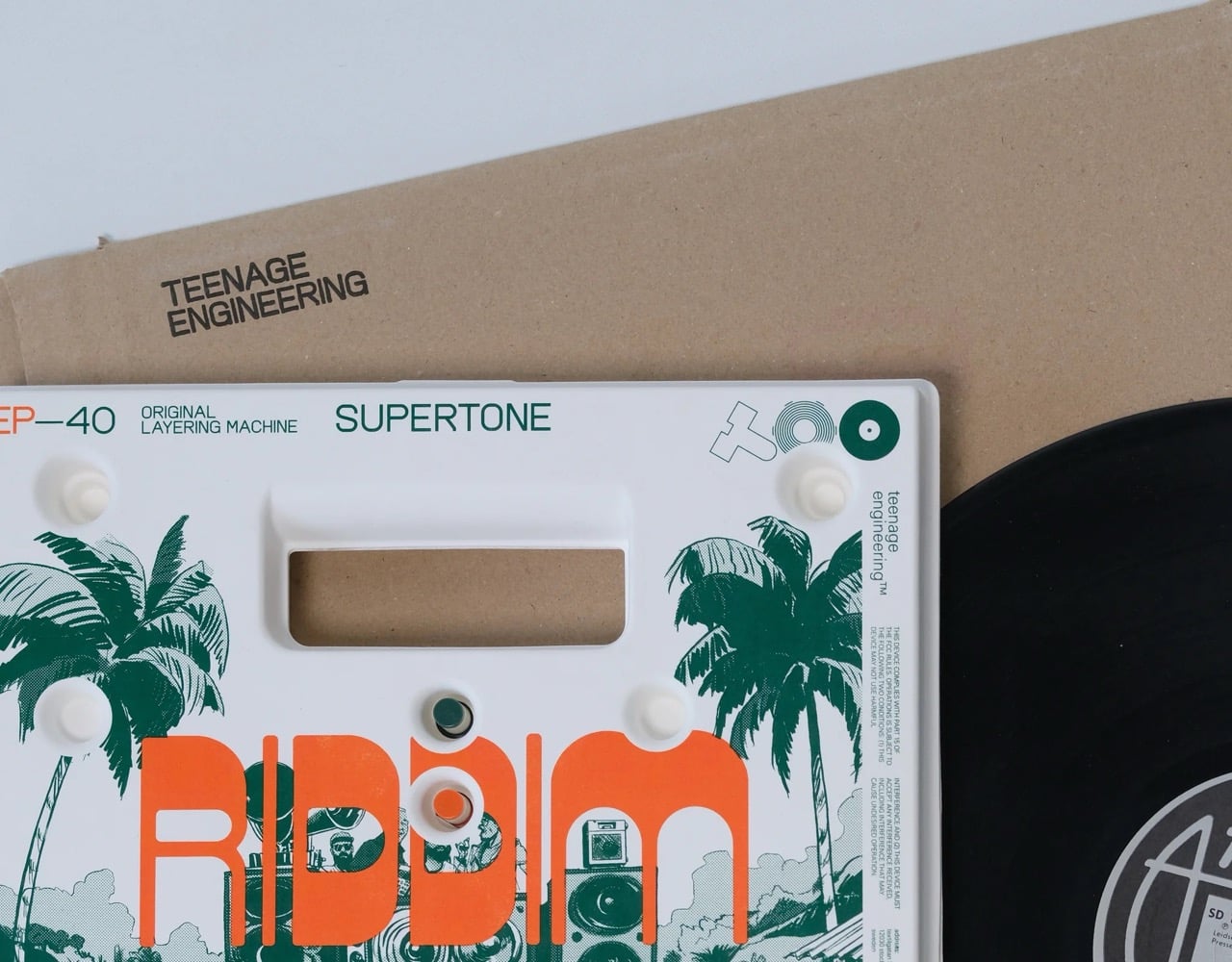
The post Teenage Engineering’s latest Microphone is the most unserious yet brilliant piece of music tech we’ve seen first appeared on Yanko Design.
